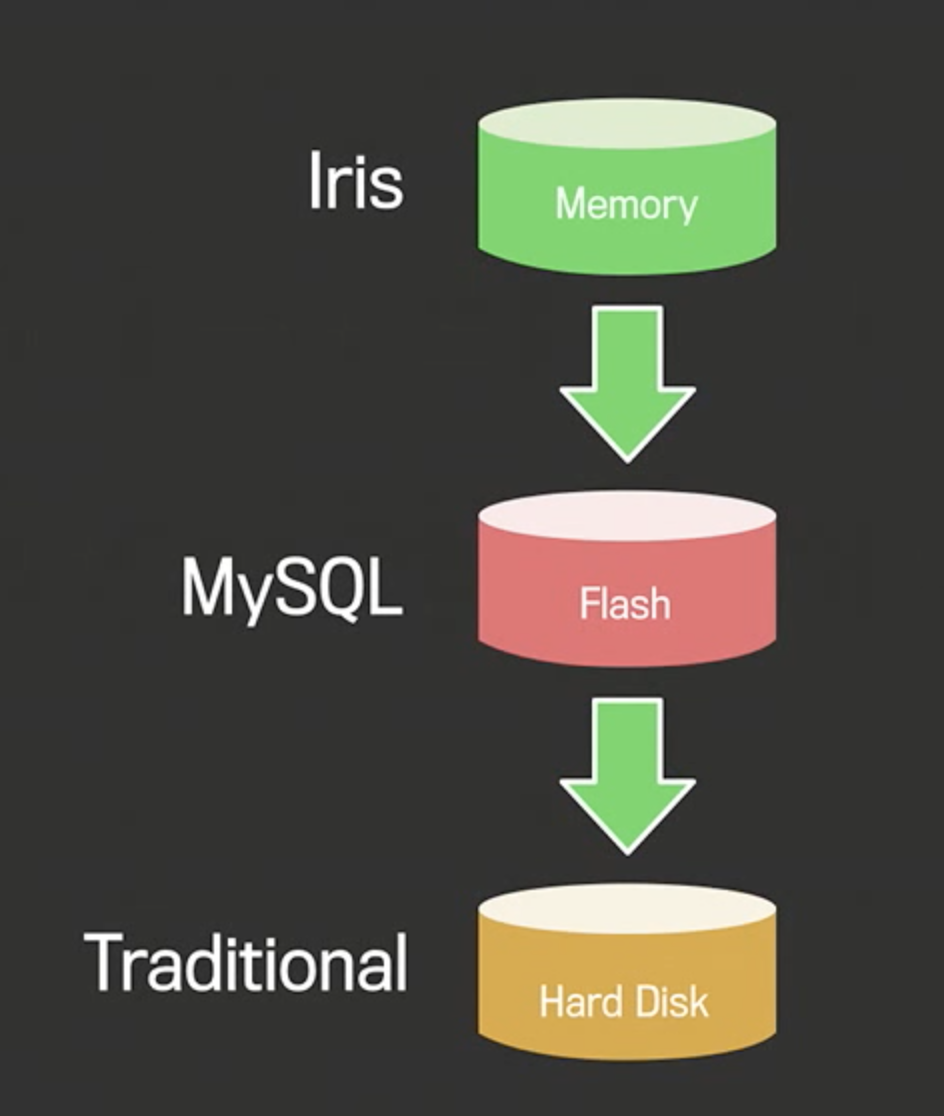(not a guide for this question; only for how this question is different from all others)
Non-functional requirement
- Latency: once sent, messages should show in the chat immediately for the sender and very quickly for the receiver
- It’s more important that the acknowledged messages are never lost, than that they arrive at the destination quicker.
- It’s ok if there’s a small race condition in which messages sent by both clients ~ at the same time may show up differently on both clients, and potentially reordered on a refresh.
Back-of-the-envelope estimations
- Usually systems are read heavy (e.g. Twitter, Instagram, TikTok, Facebook, Netflix), but in this case traffic is mostly 1:1.
Websockets
- Latency nf requirement makes traditional request-response unfeasible. HTTP polling inefficient. Long polling is not full-duplex.
- Usually whenever websockets and lots of connections are involved, it’s a good idea to mention the “thundering herd” problem, and having spare capacity on each server and isolating with partitions to prevent disaster amplification.
How do the different users connect to each other for sending messages?
- Websocket handlers talk to some Session service that keeps a hot mapping of users to handlers. Mapping will need to be in-memory, so something like Redis/Memcached.
- Messages may not be able to reach receiver if they’re offline, so they must be kept server-side at least until reception, but could be permanently. Reliability requires that messages are stored before the ✅ appears.
- How to store messages? Most tutorials recommend Cassandra & HBase because of the high write throughput. However, in practice WhatsApp uses Mnesia, Facebook Messenger uses MySQL (MyRocks), Slack uses Vitess (MySQL) 🤷♂️. Probably best to focus on the actual schema.
- To do online presence, keep
(userId, lastSeenTimestamp)in memory. XMPP protocol dictates how to do “is typing” and “online presence”, but will require theSession service&Websocket handlersto relay messages about these events using some form ofPub/Subconfiguration (since certain users, or consumers, are interested in the typing & online event changes of other users, or producers).
What does Whatsapp use?
- Erlang for the backend, Mnesia for the storage (Mnesia being Erlang’s storage layer). Follows XMPP protocol.
- Uses IBM Cloud 👀
- 100B messages sent per day end of 2020
- 2014 High Scalability numbers
Discuss issues with replication lag
With strong consistency there’s no problem, but with eventual consistency, what happens if the two people chatting are getting served by a primary and a replica, and the replica has a little lag?
Discuss “reading your own writes”, “monotonic reads”, “consistent prefix reads”, “read & write quorum”.
What does Facebook Messenger use?
- In 2018 they migrated from HBase to MyRocks and from spinning disks to flash storage.
- MyRocks is a MySQL storage engine that replaces InnoDB, using RocksDB (embeddable persistent key value store forked off Google’s LevelDB). RocksDB improves on InnoDB’s write amplification and storage footprint issues.
- Note that RocksDB by itself has no replication and is key-value (i.e. no SQL layer), so MyRocks adds this.

MySQL for Messaging - @Scale 2014 (Facebook Engineer)
Same, but blogpost from FB Engineering
Initial Erlang implementation of Facebook Chat - Slide deck
What does Slack use?
- Migrated from MySQL to Vitess.
- Stack: Kubernetes, Terraform, Consul, HAProxy, Flannel (in-house proactive caching), Solr (search), Memcached, PHP/Hack & Java/Kotlin.